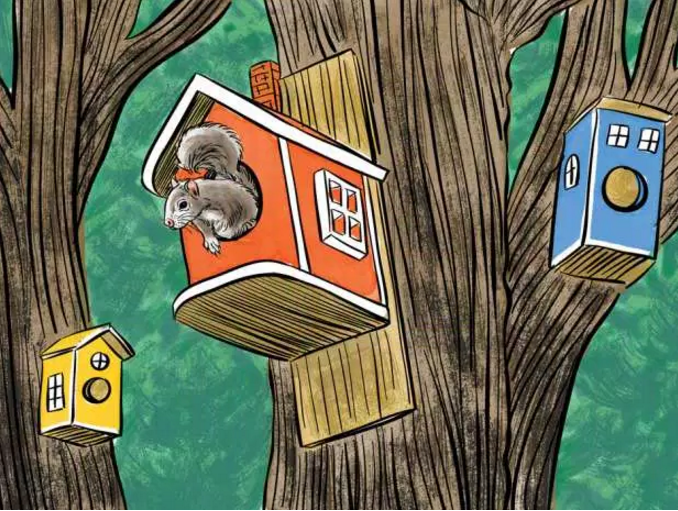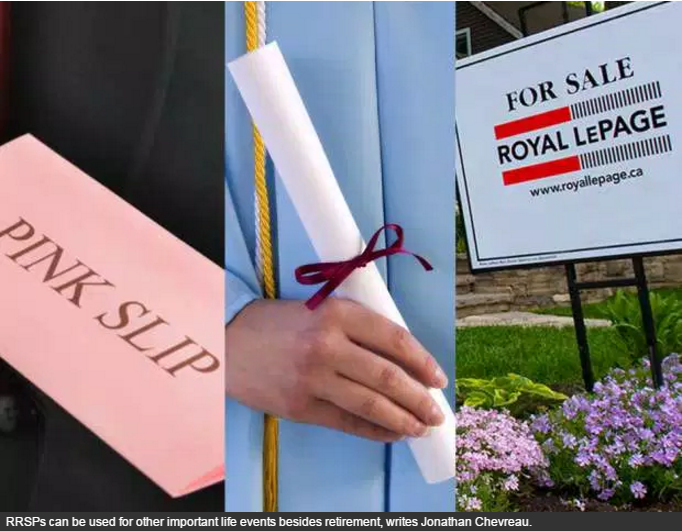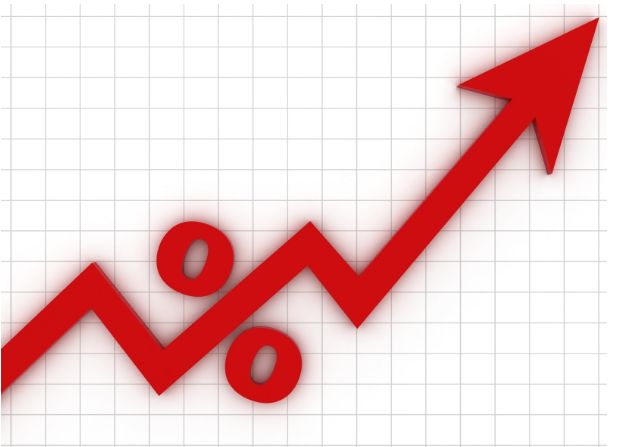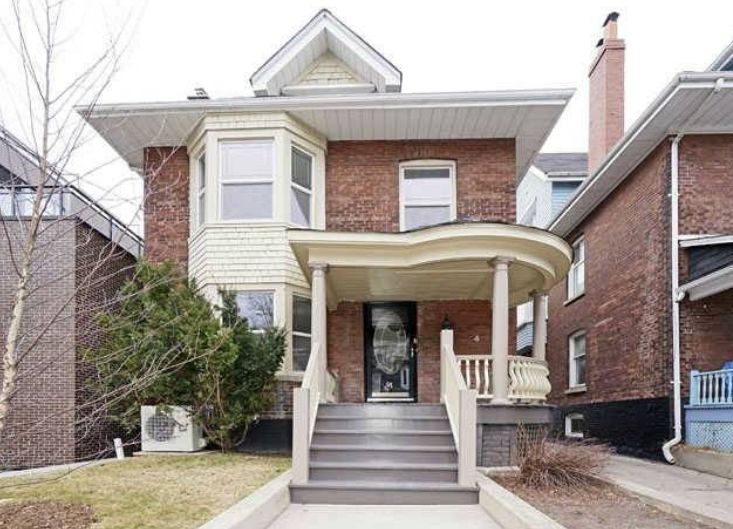40% of Canadians don’t pay income taxes, Prime Minister Justin Trudeau is right
The top 20 per cent is likely paying 70 per cent or more of all income taxes
Trudeau was speaking the complete truth when it comes to income taxes (HST, realty taxes and other consumption taxes are another story). It is just a truth that he may not want many Canadians to know.
On average, two of every five Canadian households do not pay anything towards federally and provincially funded expenses such as health care, education, community and social services, national defence, public safety and even the good old Canada Revenue Agency. One household of every five pays much more than 70 per cent of all of those costs.
It was not this way before, but it is the reality now.
The Fraser Institute’s Canadian Tax Simulator 2017 looked at Canadian households with income ranging from zero to $80,843, representing the bottom 40 per cent of households by income, and found they paid 4.6 per cent of all the personal tax paid. That seems like a low number, but it still isn’t zero.
How does 4.6 per cent become zero? It happens when the income tax that is paid is then given back (and more) by the federal and provincial governments.
As it turns out, quite a few benefits are paid out to Canadians with household income in the lower 40 per cent — particularly those with children. The CRA even has a wonderful online calculator that will quantify just how large those benefits might be.
To better illustrate this zero-per-cent tax bill, I ran three different scenarios through the calculator. All three scenarios were made up of a family with two working parents and three children (aged one, four and six) living in Northern Ontario, paying $15,000 a year in rent.
In the first scenario, each parent made $22,650 for a household income of $45,300. Based on the Ernst & Young personal tax calculator, the household should pay a total of $4,564 in federal and provincial income tax.
This income level lines up at the 20th percentile mark outlined by the Fraser Institute — or exactly in the middle of the bottom 40 per cent in terms of household income.
But this household actually receives $14,758 from government. Although the Ernst & Young calculator suggests it should pay $4,564 in tax, and the Fraser Institute says it pays a small amount of taxes, it actually gets tax-free benefits of $19,321.96.
These benefits consist of $17,485.80 from the Canada Child Benefit; $1,278.72 from Ontario Trillium Benefits (including Ontario Energy credit, Northern Ontario energy credit and Ontario sales tax credit); and a $557.44 GST/HST tax credit.
Of course, not every household looks like this or has three children, but the numbers for this household are quite staggering. It effectively does not pay any tax, and then receives $14,758 tax free from other Canadian taxpayers.
What if we move up the income range to what is roughly the 30th percentile, or $60,420 of household income, split equally?
This household should pay $7,596 in income taxes, according to the Ernst & Young tax calculator (assuming no deductions), and would receive $13,738.32 in tax-free benefits. In other words, it effectively receives $6,142 from other Canadian taxpayers.
A household at the very top of this group, the 40th percentile, or $80,844 of income, should pay $11,690 in income taxes (again, assuming no deductions), and would receive $10,282.44 in tax-free benefits. It effectively pays $1,408 in tax.
Keep in mind that people in this group are no different than anyone else and want to avoid paying taxes if possible. If there are any charitable donations, sizable health-care expenses, RRSP deductions, or any other kind of deduction, this household has probably been able to eliminate that $1,408 in taxes.
These examples are not meant to be a definitive study of taxpayers, but are merely being used to prove a point.
The Fraser Institute truly underestimates the numbers when it says that the top one per cent is paying 17.9 per cent of income taxes, and the top 20 per cent are paying 64.4 per cent.
Consider that if the bottom 40 per cent pays much less than zero per cent of income taxes, after adding the exceptionally large Canada Child Benefit and several other tax-free payouts, then someone else is picking up their tax bill. The top 20 per cent is likely paying 70 per cent or more of all income taxes.
Is this tax fairness? It is certainly fair to some.
In the United States, taxation has been moving in a completely different direction. But when we hear about the “evil” one per cent in the U.S., we must recognize that the Canadian one per cent is paying a huge amount of our tax bill.
Indeed, taxes are meaningfully rising for higher-income Canadians. In Alberta, the top tax bracket was 39 per cent in 2014. Today, it is 48 per cent, a 23 per cent increase. In Ontario, the top tax bracket was 46.4 per cent in 2013. Today, it is 53.5 per cent, an increase of 15 per cent.
Prime minister Justin Trudeau is absolutely right: when he says that tax cuts do not help 40 per cent of Canadians because they do not pay any effective income tax at all.
Source: Ted Rechtshaffen, MBA, CFP – National Post
Thinking to sell your house or Condo in Central Toronto areas and/or in downtown Toronto areas? Please call, text or email Max Seal, Broker at 647-294-1177. Please visit http://www.TorontoHomesMax.com for a FREE Home Evaluation“.
Thinking to buy a House or Condo in Central Toronto areas and/or in Downtown Toronto areas? please call or text Max Seal, Broker at 647-294-1177 to buy your dream home or Condo. I offer you a 30-min “FREE buyer’s consultation” with NO obligation.
Please visit my website http://www.centraltorontorealestate.com/ to find out available homes and Condos for sale in Central Toronto areas and/or in downtown Toronto areas.
This Toronto housing market may be a better time for “Move-up”, “Move-down” or “Empty-nester” Sellers and Buyers. Want a “Market Update” of your home in 2019? Please click the image below or call or text Max Seal, Broker at 647-294-1177 or send an email.






